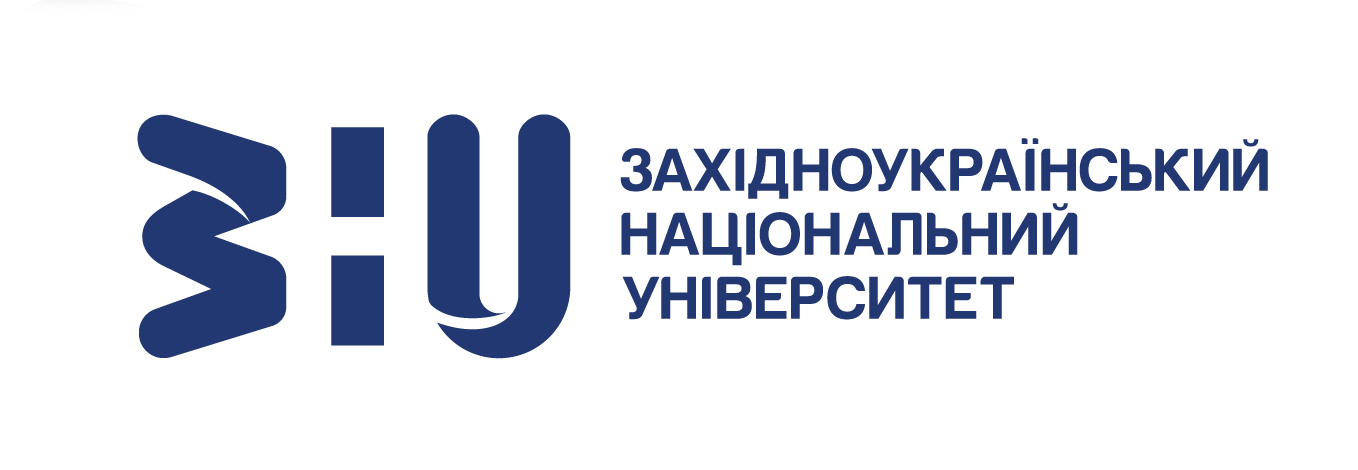ASSESSMENT OF IMPACT OF MACROECONOMIC INDICATORS ON EMPLOYEE MOTIVATION
DOI:
https://doi.org/10.35774/rarrpsu2022.27.080Keywords:
macroeconomic indicators, staff motivation, unemployment rate, level of shadowing of the economy, average salaryAbstract
In today's globalized economy, businesses operate in a constantly changing environment, where external factors such as economic policies, exchange rates, and trade agreements can have a significant impact on their operations. The way in which these macroeconomic indicators affect employee motivation is an important consideration for enterprises, as it can have a direct impact on their bottom line. A motivated workforce is crucial for businesses to achieve their goals and maintain their competitive edge. By understanding the impact of macroeconomic indicators on motivation, businesses can make informed decisions about their human resource strategies and tailor their approach to ensure maximum productivity and job satisfaction among employees.
Purpose. The purpose of this article is to analyze macroeconomic indicators and rank them by their impact on the overall population motivation level, using a mathematical model based on data from the state statistical service for 2010 to 2022.
Research methods. This study uses theoretical methods (deduction, analysis, generalization) and economic and mathematical modeling.
Results. The regression model developed in this study can be used to forecast the initial motivation level of the country's population towards effective and motivated work at the beginning of the next period based on the macroeconomic situation. The results can be used to select the most optimal types of motivation depending on the overall situation in the country, which can help employers attract future employees.
The practical significance of the obtained results lies in the gradation of the influence of the considered macroeconomic indicators on the overall level of motivation of the population. Top management and HR departments can use this information to analyze a set of macroeconomic indicators to estimate the current motivational potential of candidates more accurately, and create job descriptions that can increase the number of applicants.
Conclusions. The developed economic-mathematical model includes only four indicators of influence on the overall motivation level of employees. The research can be expanded by introducing additional macroeconomic indicators to create a stable basis for choosing an optimal set of motivational components in the personnel management system of the enterprise.
References
Stefanyenko-Shupyk A.P. (2014). Motyvuyuchi faktory vplyvu na tempi innovatsiynoho rozvytku promyslovosti pidpryyemstv [Motivating factors influencing the pace of innovative development of industrial enterprises]. Ekonomichna Ekonomika, №7. [in Ukrainian].
Derzhavna Sluzhba Statystyky, [State Statistics Service], URL [https://ukrstat.gov.ua/operativ/operativ2020/vvp/vvp_rik/arh_vvp_rik_90-18u.htm]
Semikina M.V, Ishchenko N.A., Rodilnova M.O. (2009). Motyvatsiya efektyvnoyi zaynyatosti: problemy, tendentsiyi, vybir strategiyi [Motivation of effective employment: problems, trends, choice of strategy]. Kirovohrad, Kod [in Ukrainian].
Vlasova N. O. (2018). Vplyv makroekonomichnykh faktoriv na finansovi rezultaty pidpryyemstv promyslovosti [Influence of macroeconomic factors on financial results of industrial enterprises]. Sotsialna Ekonomika, number 56, 18-26. [in Ukrainian].
Macroeconomic instability: cyclicity of economic development. URL: https://learn.ztu.edu.ua/pluginfile.php/129351/mod_resource/content/1/Тема%205.%20Макроекономічна%20нестабільність%20циклічність%20економічного%20розвитку.pdf.
Tsykly Kondratyeva [Kondratiev cycles]. URL: http://surl.li/ktbtl [in Ukrainian].
Focus.ua (2021). Rivnen tinhizatsii ekonomiky Ukrainy u 2020 vyros na 11%, - Minekonomiky [Level of shadow economy in Ukraine in 2020 increased by 11%, - Ministry of Economy], URL: https://focus.ua/uk/economics/486668-uroven-tenizacii-ekonomiki-ukrainy-v-2020-vyros-na-11-minekonomiki.


